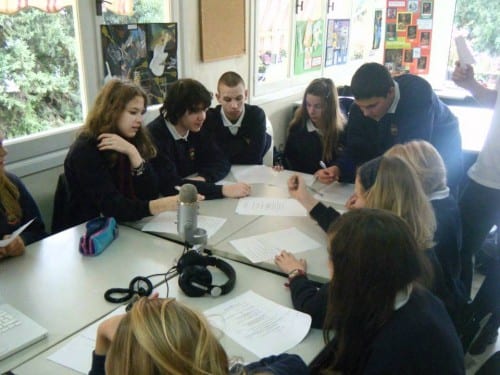EVERY year we see an increasing number of parents asking for schools with smaller class sizes to ensure their children receive the best education.
At Mayfair, we have an average maximum class size of 15, allowing each student to receive the individual attention they require to excel.
There are numerous benefits to small class sizes, and many studies have been conducted to assess the impact of reducing numbers in classrooms across the world.
Project STAR (Student/Teacher Achievement Ratio), an experimental study on class sizes in Tennessee during the 1980s, has been called ‘one of the greatest experiments in education in the United States’.
The experiment compared 128 small classes (of between 13 and 17 students) with 101 regular sized classes (of between 22 and 26 students). The results identified ‘an array of benefits, including improved teaching conditions, improved performance and, after the experimental years, improved learning, fewer disruptions and better discipline.
According to the National Council of Teachers of English, students in smaller classes perform better in all subjects, and the effects are strongest for elementary students, and become more enduring the longer students remain in small classes.
In the early years, students are still learning the rules of the classroom and figuring out if they can meet educational expectations. The more opportunity they have to interact with the teacher, the more support they will receive, increasing their ability to cope.
Some parents worry about the socialisation of their children in small classes. However, it has been shown that small class sizes allow students to develop closeness and a cooperative spirit, both important lessons.
Findings also consistently show that students in smaller classes are much more likely to participate in class discussion and interact with their teacher, instead of passively listening.
At Mayfair we aim not only to educate students in the fullest sense of the word but to ensure they have plenty of opportunities to socialise, both with classmates and students from other age groups. Our Spanish language classes, for example, are split by ability rather than age, giving students the opportunity to work with children from other year groups at the same level.
We also organise regular department-wide or whole-school competitions and events.
Click here to read more News from The Olive Press.








